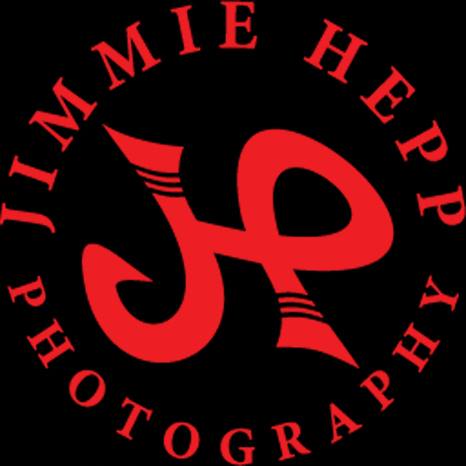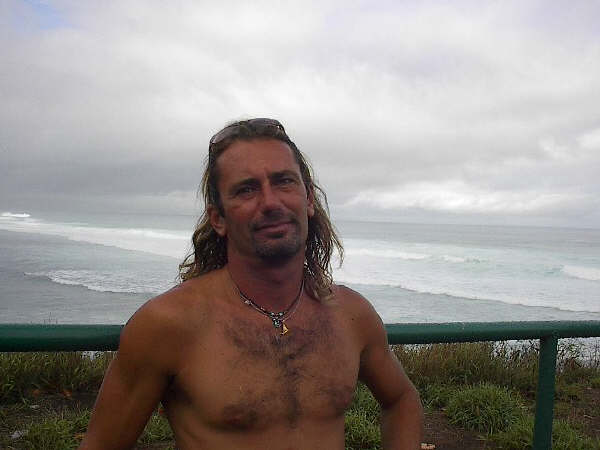That didn't last long, as already around 8am there was a nice breeze on it. These photos show some good conditions anyway, but it was much glassier earlier.
Hookipa regular Deneb recovers with style.
This is George on a beauty at the point. I guess I can call him an Hookipa regular too, even though not quite as regular as Deneb. But that's almost impossible to beat.
I wish I could throw that much spray.
Pavillions had some gems.
As usual, later on the windsurfers took over. Photo from this gallery by Jimmie Hepp.

Significant buoy readings 4am
Lanai
1.1ft @ 15s from 201° (SSW)
That's not the wrap, that's proper southerly energy, so there should be something on the south shore. Check the webcam for size and wind indications.
NW
5.6ft @ 16s from 297° (WNW)
4.3ft @ 12s from 320° (NW)
Waimea
2.9ft @ 13s from 322° (NW)
Waimea
2.9ft @ 13s from 322° (NW)
1.2ft @ 18s from 318° (NW)
Pauwela
3.3ft @ 5s from 42° (NE)
3.3ft @ 5s from 42° (NE)
3ft @ 11s from 319° (NW)
2.3ft @ 9s from 345° (NNW)
0.8ft @ 20s from 347° (NNW)
Whenever a new swells overlaps to another one(s), the surfline graph can became a bit confusing, as they chose to assign the colors based on the size. Here for example, you can see the new pulse starting to show up at the NW buoy at around 6pm with a bright yellow/green color. Then, as it grows, it becomes red and then dark blue. Fortunately, the period numbers help reading it (I circled them), but it would be nicer if they just gave the same color to each individual swells from the beginning to the end. Not complaining, just suggesting. This is SO much more information than what you can gather from the NOAA buoy website nonetheless. On that, in fact, you would have no way to gather the fact that the new pulse started to hit the buoy around 6pm, because all it would show would be the readings of previous lower period energy.

Whenever a new swells overlaps to another one(s), the surfline graph can became a bit confusing, as they chose to assign the colors based on the size. Here for example, you can see the new pulse starting to show up at the NW buoy at around 6pm with a bright yellow/green color. Then, as it grows, it becomes red and then dark blue. Fortunately, the period numbers help reading it (I circled them), but it would be nicer if they just gave the same color to each individual swells from the beginning to the end. Not complaining, just suggesting. This is SO much more information than what you can gather from the NOAA buoy website nonetheless. On that, in fact, you would have no way to gather the fact that the new pulse started to hit the buoy around 6pm, because all it would show would be the readings of previous lower period energy.

Don't believe me? Here is what you see if you go to the NOAA NW buoy page. The first reading of 16 seconds is reported at 1am as 6.6f. That is totally deceiving, as those 6.6f are the sum of the energy of all the swells hitting the buoy at that moment.
See how that number is on a steady rise, but all of a sudden the period jumps from 12 to 16, and then next hour back to 12 and than after that back to 16? And what happens to the 12s component after that? Disappears completely? It was 7.9f at 2am, where did those go?!?!?
That is not a correct representation of reality. They do have all the correct information (where do you think Surfline takes it?), but they just put it up in a very deceiving way: a table is not enough, you need a graph with multiple lines for the multiple swells.
The only time when what's on that table is correct, is when there's only one swell in the water (like last Saturday), which happens extremely rarely.
Anyway, I check the buoys on the surfline page and I recommend you to do the same.

Back to our NW buoy graph, the new pulse went from 2f to 6f roughly from 6pm to 6am and we can expect to see an equivalent rise (minus the energy lost from the travelling and the refraction) in Maui around 13-15 hours later. In other words, the waves should start picking up size again throughout the whole morning and be firing in the afternoon.
Those small long period readings at 4am at both the Waimea and Pauwela buoys confirm that. Mind that the direction at the NW buoys is 297, so pretty westerly again.
Current wind map shows the strong NW fetch that is even more shooting at the west coast now. As I said yesterday, fortunately it's strong enough for us to get some angular spreading, which I tried to show with those bending lines (the antennas of the cock roach). See how more northerly the direction will became in this case compared to a fetch that was shooting straight to us from the same position?
As a matter of fact, Surfline forecasts 10f 16s from 333 all day Thursday. Beautiful size and direction for the Bay, I might have to go take photos.
One thing I don't like on this map is the direction of the trades we are immersed in: a bit more onshore and that creates chop.
There's also a small fetch down south.

The updated MC2km map at noon shows trade winds in the usual 15-20 knots range. Seen the wave size, windsurfing at Hookipa should be a pretty radical spectacle again, even though the direction of the wind would be MUCH better if it was like 5-10 degrees more east.












No comments:
Post a Comment